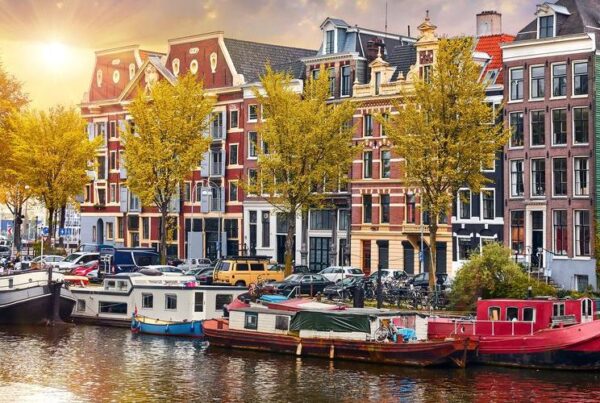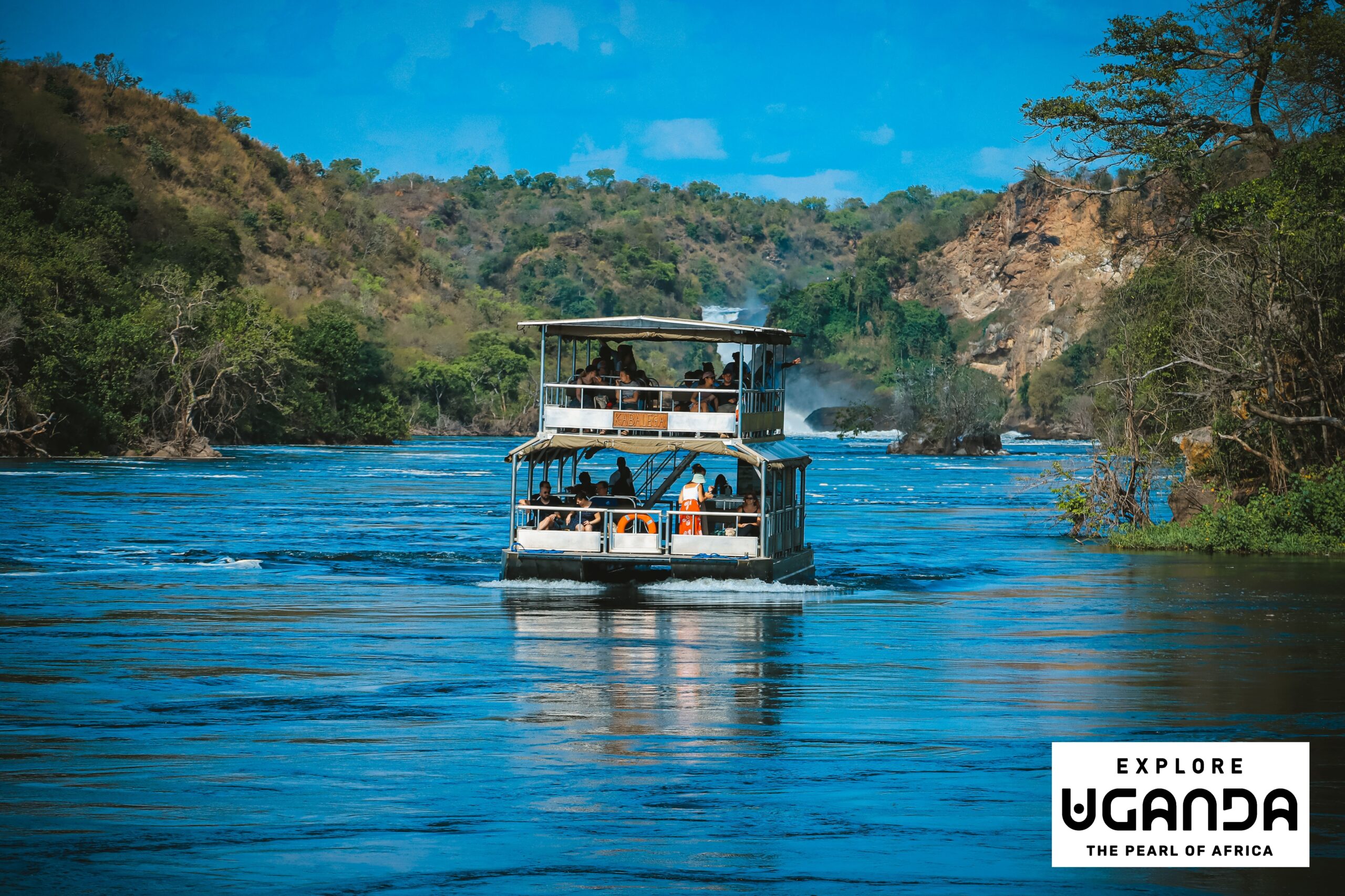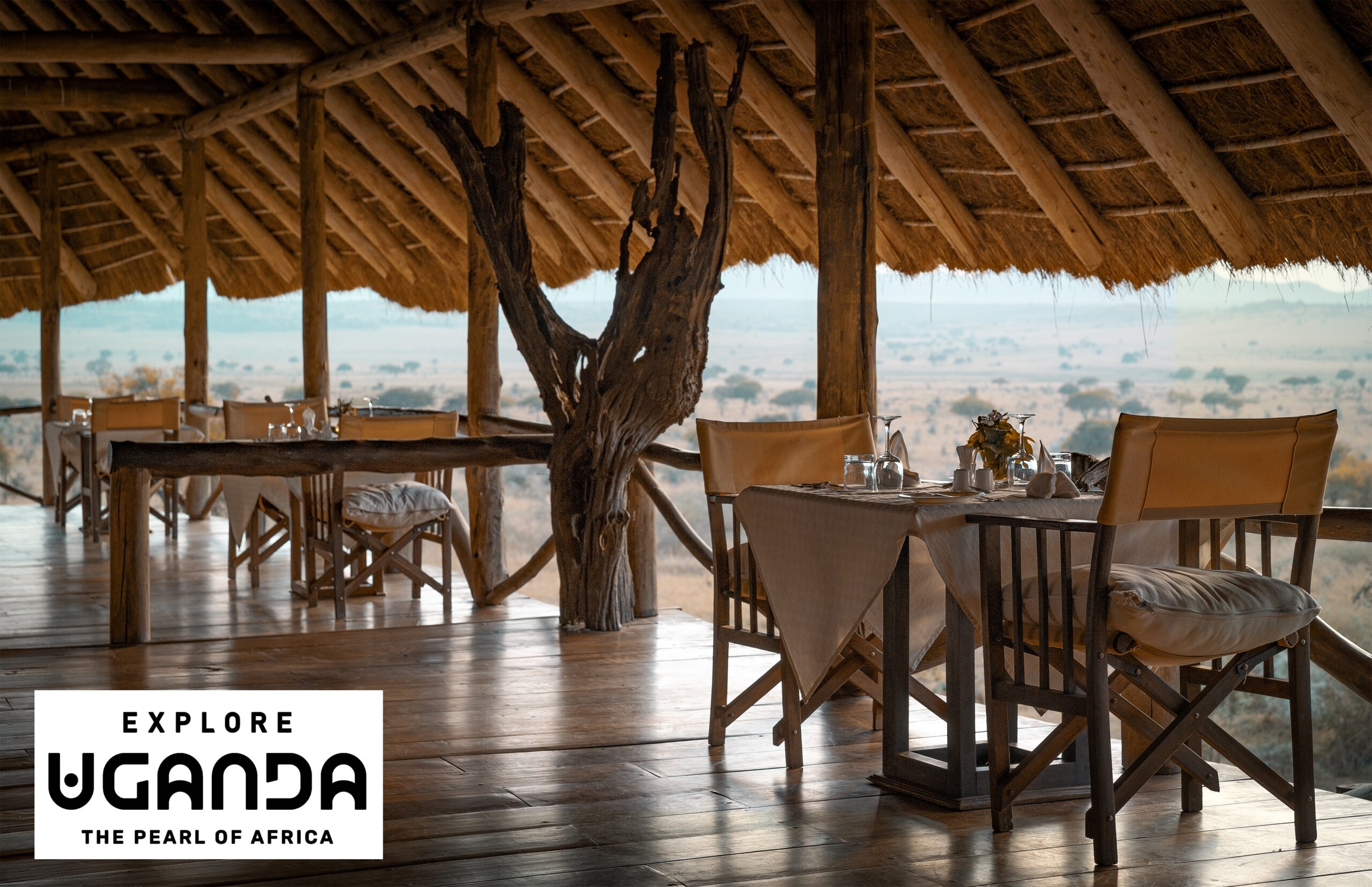Every year on the eleventh hour of the eleventh day of the eleventh month, Australians observe a one-minute silence.
In towns and cities across the country, people pause to remember those who served and died in war.
It’s a moment that still carries weight, still demands our attention.
The tradition connects us directly to November 11, 1918, when the guns finally fell silent on the Western Front after four years of devastating conflict.
Remembrance Day (originally called Armistice Day) was first observed in 1919, just months after the end of the Great War.
King George V called for a formal silence to honour the fallen and that tradition has endured for more than a century. But why does it still matter so deeply to Australians today?
 Above: Mat McLachlan on the Western Front
Above: Mat McLachlan on the Western Front
The connection runs through blood and soil. From a population of less than five million in 1914, almost 417,000 Australians enlisted in the First World War. Another 993,000 Australians served in the Second World War and more than 60,000 in Vietnam.
When we wear a poppy or stand in silence, we’re not commemorating abstract history but remembering actual people: great-grandfathers who never came home, aunts who served as nurses, fathers who fought in the Pacific, uncles who served in Vietnam, family members who are remembered on memorials from Lone Pine to Villers-Bretonneux, from Kokoda to Long Tan.
The Anzac story has become central to how we understand ourselves as Australians. It’s where we locate qualities we value: mateship, courage, resilience and a willingness to stand up for what’s right.
This connection explains why remembrance tourism continues to grow year after year. It combines two great Australian passions: commemorating the Anzacs and exploring the world. But something else is driving this surge: greater access.
The internet has transformed how we research our family histories. Online databases, digitised service records and war diaries mean Australians can now discover stories that were once lost to time.
A great-grandfather who was just a name on a family tree suddenly becomes real when you can read his service record, trace his battalion’s movements and find exactly where he fell.
A father’s service in New Guinea or a brother’s tour in Vietnam comes into focus through declassified documents and oral histories.
This accessibility fuels a hunger to walk the ground where our families fought, to understand their sacrifice not as distant history but as something tangible and deeply personal.
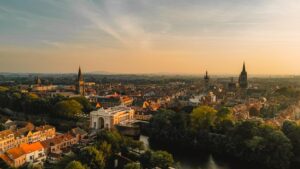 Battlefield travel: holidays with a purpose
Battlefield travel: holidays with a purpose
Here’s what I’ve learned after two decades of leading battlefield tours: people want to connect with these stories in a deep and meaningful way, but they also want to travel well.
These are holidays with purpose. You’re there to honour the fallen, to understand what happened and why it mattered.
But you’re also exploring some of the most beautiful and culturally rich regions in the world. There’s room for both reflection and enjoyment, for solemn moments at memorials and for experiencing the best of European and Southeast Asian travel.
While exploring the Western Front, you’ll find yourself wandering the charming, historic town square in Ypres – sampling Belgium chocolate and beer while admiring the medieval Cloth Hall as you walk towards the Menin Gate Memorial (above) to experience the moving Last Post service.
On a visit to the D-Day landing beaches you will walk the golden sand that was the landing sites, see still-standing German pillboxes and relics from the Second World War, while enjoying the sights of dramatic coastlines, charming villages and rolling countryside, and sampling delicious French cuisine.
Visiting the Australian battlefields of Vietnam, you will become immersed in the beauty and culture of vibrant Vietnam today – seeing firsthand the hustle and bustle of Vietnam’s cities and enjoying the peace and tranquillity of the countryside and beachside locations that house much of this history.
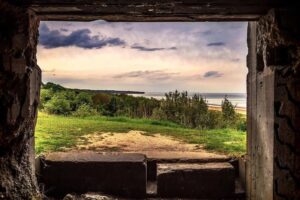 New ways to explore the battlefields on a holiday
New ways to explore the battlefields on a holiday
That’s why I’ve partnered with AmaWaterways to create a new collection of History Cruises for 2027 and beyond.
These journeys combine historical exploration with genuine comfort and cultural immersion across three conflicts that shaped Australia’s military heritage.
We’re offering four distinct itineraries spanning from the trenches of the Western Front to the jungles of Vietnam.
Our Anzac Day 2027 River Cruise departs Amsterdam on April 23 for an eight-day voyage through Holland and Belgium during tulip season, culminating in the moving Anzac Day service at the Menin Gate in Ypres, followed by visits to First World War trenches, Hill 60 and Tyne Cot Cemetery (the largest Commonwealth war cemetery in the world).
I’ll personally host our Signature Cruise departing September 18, 2027, sailing round-trip from Amsterdam aboard the new AmaSofia.
We’ll explore three great battles spanning three centuries: Waterloo, WWI and WWII’s Band of Brothers campaign, commemorating both the 110th anniversary of the Battle of Menin Road and the 83rd anniversary of Operation Market Garden.
Our D-Day Anniversary Cruise departs Paris on June 3 for an eight-day exploration of the Normandy beaches during the anniversary of the landings on June 6, 1944, where we’ll trace the Allied invasion that changed the course of the Second World War.
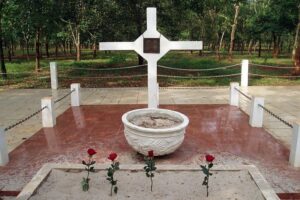 And for those drawn to Australia’s more recent conflicts, our Riches of the Mekong and Vietnam War Cruise offers an eight-day sailing through Cambodia and Vietnam with an optional five-day extension to Saigon, the Cu Chi Tunnels and Long Tan (above), culminating in a Vietnam Veterans Day commemoration on August 18 at the site of Australia’s most famous Vietnam War battle.
And for those drawn to Australia’s more recent conflicts, our Riches of the Mekong and Vietnam War Cruise offers an eight-day sailing through Cambodia and Vietnam with an optional five-day extension to Saigon, the Cu Chi Tunnels and Long Tan (above), culminating in a Vietnam Veterans Day commemoration on August 18 at the site of Australia’s most famous Vietnam War battle.
Each cruise includes exclusive battlefield touring with expert historians, onboard seminars and full access to AmaWaterways’ award-winning dining, hand-selected wines and cultural shore excursions.
As we commemorate another Remembrance Day, I’m convinced these journeys matter more than ever.
More than a century after the guns fell silent on the Western Front, eight decades after the end of the Second World War and half a century after our final withdrawal from Vietnam, we’re still determined to remember.
But now, with greater access to our family stories and better ways to travel, we can honour that memory while creating unforgettable experiences.
These are holidays with meaning. And that makes all the difference.
For more information about Mat McLachlan Battlefield Tours’ new history cruises in conjunction with AmaWaterways, visit battlefields.com.au



